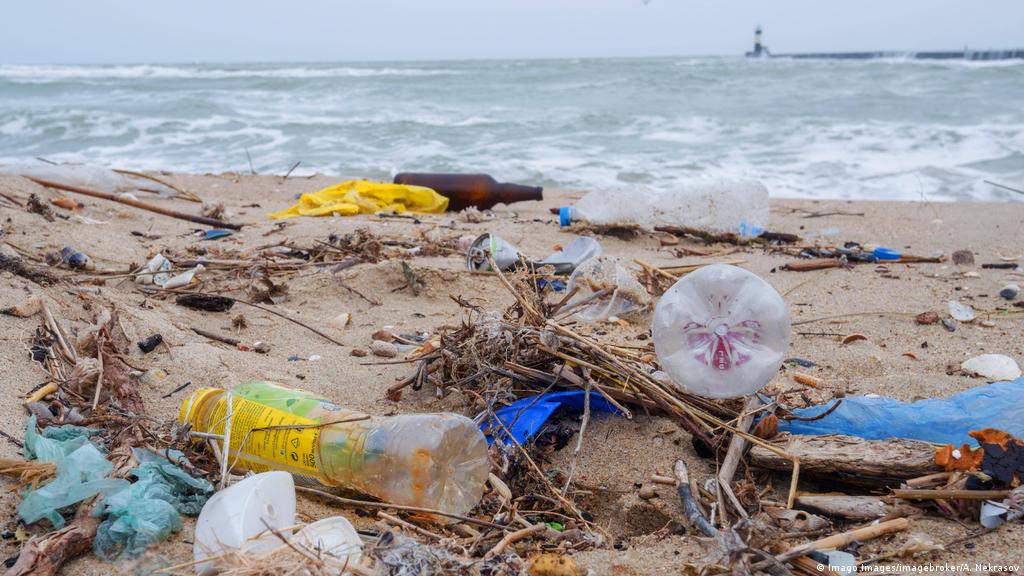Now it is the severe destruction of the aquatic ecosystem brought about by our irrepressible conduct that denies us our share of fresh fish

Undoubtedly, ‘large slices of rawa-fried tamoso, visvon, or chonak are unmistakable centrepieces of the Goan fish thali’!
But as a fish lover, one was aghast to read the news that rashes or lesions have been spotted of late on the torsos of some of these fish. News reports in a section of the press that anglers of a fishing club took to social media recently, posting photos of red-snappers that displayed some signs of infection cannot be brushed aside lightly.
Wounds on the body, as also inside the mouth of the fish are indications of bacterial infection which needs a thorough probe to actually ascertain the cause. Ecologists are unanimous in their opinion that fish in brackish and estuarine waters are highly susceptible to bacterial, parasitic and fungal infections.
Besides the heavy saline water dilution during the monsoon which weakens their immune systems making them more vulnerable to pathogens, biologists also assert that organic pollutants like sewage, fuel and the dumping of dry ice and other waste from the countless fishing vessels plying the waters are definitely the causative factors.
Infections of the skin, gills, mouth and fins of the fish render such varieties useless for consumption.
The symptom of waste dumping is so rampant in our waters that it would need something more than awareness for people to curb their obnoxious habits.
Moreover, considering that traditionally, fishing forms a core part of Goa’s identity and acts as a source of income and livelihoods, how sincere has Goa’s efforts been at keeping its waters clean!
Besides promulgating Acts which speak a lot for protecting many critically imperilled species of fish, how diligent have the authorities been in implementing them! The fact however is that Goa’s marine life is endangered solely due to the irresponsible ways of its people.
Effluents from the large flotilla of casinos operating offshore have threatened to be a major source of pollutants that River Mandovi has had to contend with over the years. The cruise vessels plying the waters dumping raw sewage into the river have not been less consternating either!
Citing tourism promotion as the prime consideration, if the authorities can overlook such blatant irregularities, they definitely are on a monstrously disastrous course.
I remember an incident in Mauritius some years back – and I don’t tire of speaking about it even today. Simply for the reason that that innocent episode and the response it evoked is so relevant to the conditions in Goa today.
Cruising along on a tourist yacht, a food-wrapper flew off the hands of my friend and landed in the sea. We soon had the skipper who breezed past us to ‘retrieve’ the paper admonishing my friend for his ‘erroneous’ behaviour. Only after we convinced him that the act was not intentional and that it happened by mistake did he cool down.
It is the sea that provides a major livelihood for the island nation by way of water sports and the other water-related amusements that forms the crux of tourism there. Such incidents as the one described above serves to strengthen one’s belief in their fastidiousness that is responsible for the pristine look that Mauritius and its surroundings are renowned for.
Wouldn’t one expect the same sort of responsible behaviour from Goa and its people for the coastal state to maintain its ambience not only for its beauty’s sake but also not to disturb the equilibrium of that geographical feature which provides the residents their staple food!
The ‘Formalin-phobia’ has already put a big question mark over the freshness of the fish varieties being sold in the state. They can’t do without fish, at the same time, the fear of fish contaminated by the preservative has had the locals in a sort of quandary ever since the detection of this ‘deception’.
Ever since that phase which signalled a temporary break-up in their love affair with seafood, Goans have looked heavenwards for divine intervention to have ample servings of their favourite fish varieties ‘restored’ on their dining-table at the earliest.
And now these startling facts about infections!
As rightly said, Goa needs zero-tolerance against contamination of its water bodies and seas.
Fish dying due to chemicals or pollutants in water bodies had triggered a concern as a few instances of this ‘phenomenon’ were reported from the shores of Velsao and a creek near the Waste Treatment Plant at Cacora-Curchorem, both within a week of each other, in June this year.
“The Goan” newspaper carried a detailed report about this strange occurrence and stated that the Goa State Pollution Control Board (GSPCB) team which visited the sites proffered pollutants as that adverse factor responsible for these happenings.
Time and again, reports from various quarters have pointed to water bodies in Goa being heavily polluted, but nothing seems to change.
I reproduce below an extract from this news report.
“A recent report released by the GSPCB said major rivers in the state are having exceeding levels of faecal contamination threatening the aquatic ecosystem. The report has also highlighted the industrial contamination of some rivers. Last year, the Central Pollution Control Board released a report citing that major beaches in Goa are polluted with high levels of faecal coliform with contamination beyond limits. Tourists have cited pollution of beaches on travel portals with a mention of business establishments and shacks channelling untreated sewage in the seas.” (The Goan, June 13, 2024)
Protecting its waters thus becomes the most onerous task for the state right now. While once it was the soaring prices which kept fish away from the reach of locals, it is now the severe destruction of the aquatic ecosystem brought about by our irrepressible conduct that denies us our share of fresh fish. What a shame!